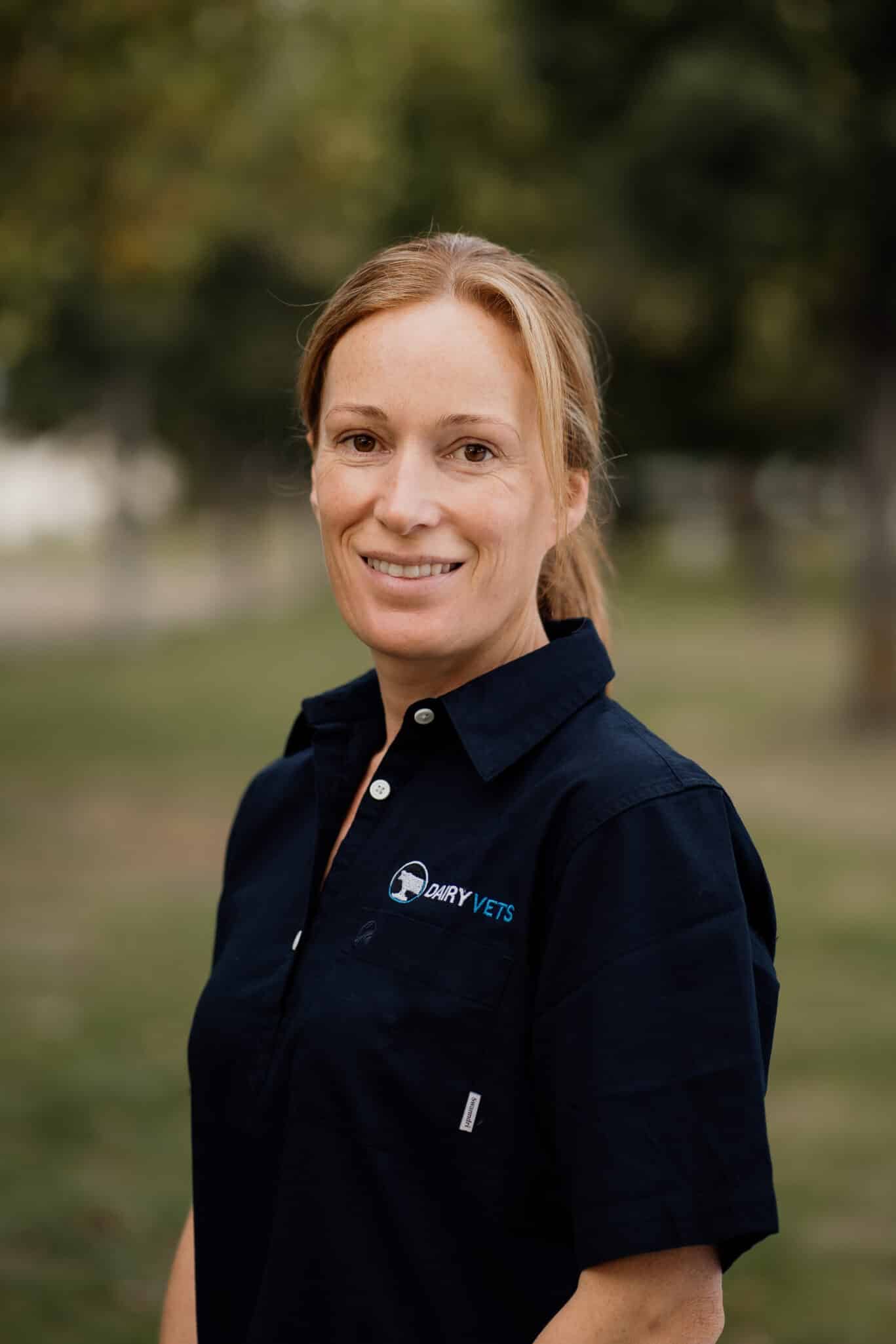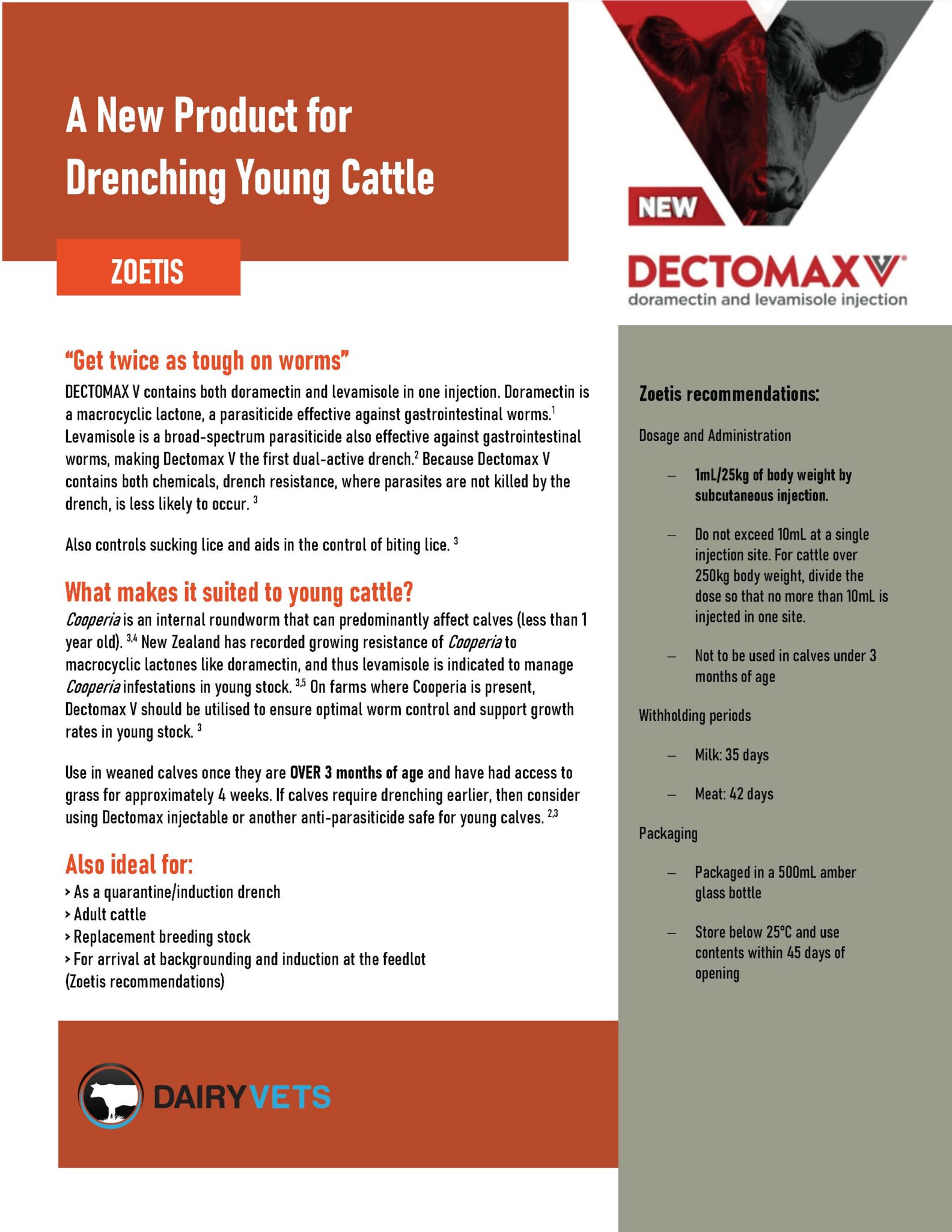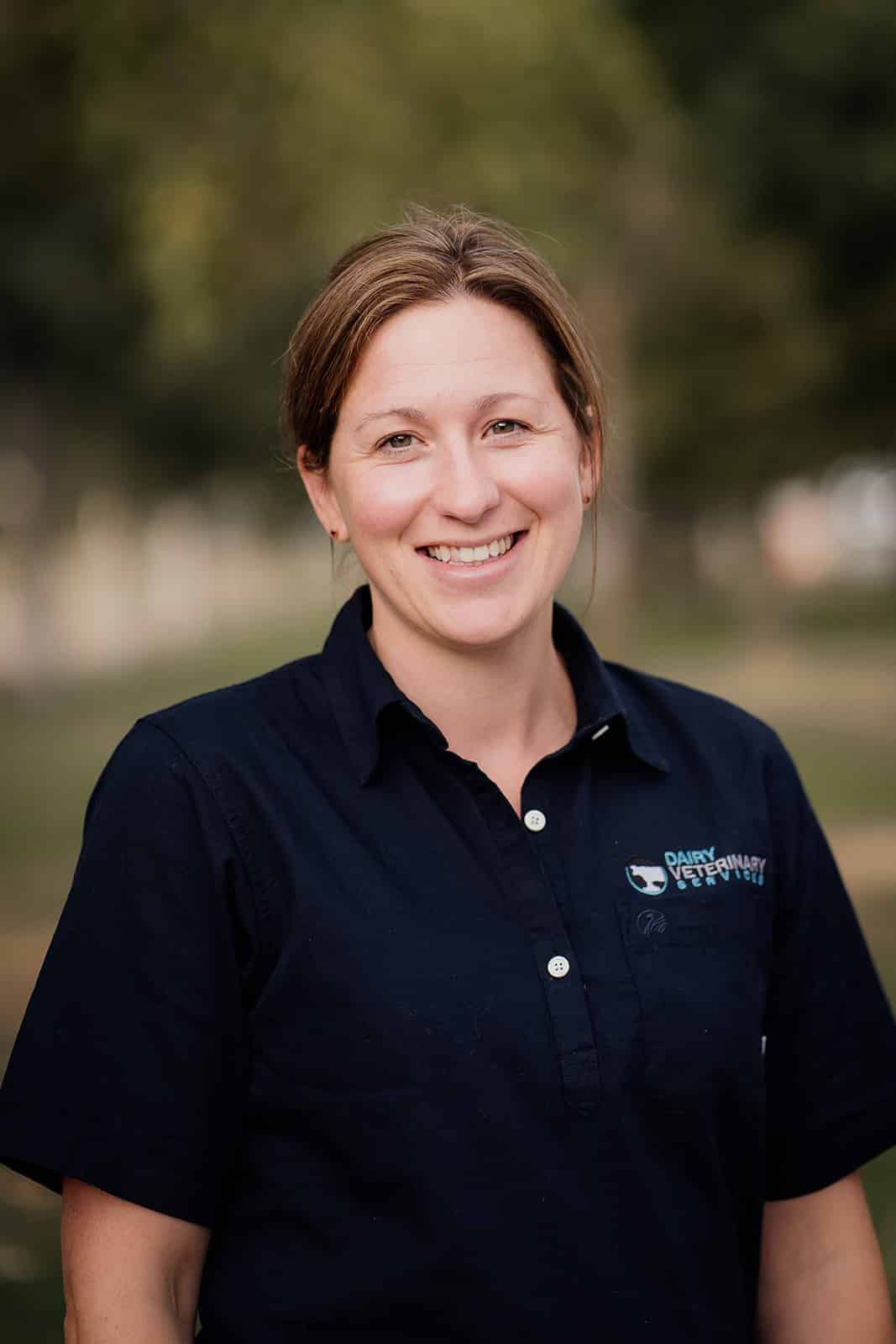
BVSc (Dist.)
If you have any questions please feel free to get in touch with us at info@dairyvets.co.nz

BVSc (Dist.)
If you have any questions please feel free to get in touch with us at info@dairyvets.co.nz

BVSc (Dist.)
If you have any questions please feel free to get in touch with us at info@dairyvets.co.nz
NNR
The non return rate (NNR) is the percentage of inseminations that occur early in the AB period where the cow did not return to heat within the maximum normal estrous cycle period (24 days). Cows that do not return to heat are either pregnant or phantom ( a non return that is not pregnant).
NRR can be an accurate estimation of conception rate (CR) if heat detection is accurate.
A low NNR (<64%) may be an early warning sign of poor conception rate. This could be due to a number of factors including inaccurate heat detection, poor insemination practice, disease, low body condition at calving or excessive loss of condition, a high number of late calvers or high number of treated non-cyclers.
Return interval analysis
A return interval analysis looks at the spread of returns to heat for cows that have been mated in the early AB period.
A cow will normally cycle every 18-24 days if she does not become pregnant. Reasons for short (<18 days) or longer (>24 days) returns include: inaccurate heat detection (missed or invented heats) and early embryonic loss.
By monitoring the NNR and return interval analysis for your herd from about 4 weeks after the planned start of mating there are some actions that can be taken to reduce the impact of poor heat detection and conception rate on the final mating result if a problem is detected. These may include early pregnancy testing, hormonal intervention, additional heat detection aides, changes to insemination practice or altering the length of mating period. Actions to improve results for next year can also be started early.
Please get in contact if you would like to do some early scanning to identify and treat phantom cows. We can scan cows from 35 days – phantom cows can get enrolled in a CIDR programme. The other advantage of early scanning is to determine an accurate conception rate for those cows.

BVSc (Dist.)
If you have any questions please feel free to get in touch with us at info@dairyvets.co.nz

BVSc (Dist.)
If you have any questions please feel free to get in touch with us at info@dairyvets.co.nz

BVSc (Dist.)
If you have any questions please feel free to get in touch with us at info@dairyvets.co.nz
The end of another season is approaching and with that comes the movement of cows. MPI have informed us that they have been seeing a significant number of down cows arriving at meat processing plants. This article has some useful information to help you prepare cattle for transport to ensure that their welfare is protected. This is particularly important for lactating cows. Contact Dairy Vet Services if you need further advice.
Continue readingDECTOMAX V® combines the trusted performance of doramectin with the added strength of levamisole to provide unsurpassed efficacy against key parasites, including those often resistant to other parasiticide products

| By Amelia Cannadine (2023 DVM4 student) for Dairy Veterinary Services |
| REFERENCES: 1. Papich, M. G. (2016). Doramectin. In M. G. Papich (Ed.), Saunders Handbook of Veterinary Drugs (Fourth Edition) (pp. 266-268). St. Louis: W.B. Saunders. 2. Zoetis (2022). Dectomax V Injectable Parasiticide, available at: https://www.zoetis.com.au/all-products/portal-site/beef-dairy-sheep/beef-dectomax-v.aspx#:~:text=DECTOMAX%20V%20is%20an%20evolution,of%20an%20active%20called%20levamisole 3. Zoetis (n.d.). Dectomax V pamphlet (available at Dairy Veterinary Services) Marshall, S. (n.d.). Parasite Control in Young Stock, for Vet Services Hawke’s Bay, available at https://www.vshb.co.nz/articles/beef/parasite-control-in-young-stock-simon-marshall/ 4. Baiak, B. H. B., Lehnen, C. R., & da Rocha, R. A. (2018). Anthelmintic resistance in cattle: A systematic review and meta-analysis. Livestock Science, 217, 127-135. doi:https://doi.org/10.1016/j.livsci.2018.09.022 |

BVSc (Hons) MANZCVS (Dairy Medicine)
If you have any questions please feel free to get in touch with us at info@dairyvets.co.nz
Rotavirus is the most commonly diagnosed cause of calf scours in New Zealand. Outbreaks of scours can cause a huge amount of stress at a busy time of the year and there can be high rates of sickness and death. The lining of the gut can be severely damaged with life-long effects on health and productivity. Shed preparation and hygiene practices are important to reduce the viral load in the environment however there is little that can be done to prevent exposure to Rotavirus. It is shed by adult cattle and can survive in the environment between seasons. Rotavirus is extremely infectious and opens the calf up to infection with other organisms such as Cryptosporidium, coronavirus and Ecoli K99. The pressure of our seasonal calving system creates a high-risk environment. For these reasons, the greatest protection comes from practices that boost the calf’s own immunity. Rotavirus vaccination is a valuable tool to help achieve this. Rotavirus vaccines produce protection against Bovine Rotavirus, bovine coronavirus and Ecoli K99. Cows are vaccinated between 12 and 3 weeks before they are due to calve to ensure the optimal level of antibodies are present in colostrum at the first milking. There are 2 ways in which Rotavirus vaccines works to protect calves from scours: 1. Boosting Rotavirus, coronavirus and Ecoli K99 antibodies in the calf via passive transfer of immunity. Good colostrum management is essential to ensure that the benefits of Rotavirus vaccination are fully realized. Calves must be fed 4-6 L of top quality (22+% brix reading) colostrum from vaccinated cows within 12 hours of birth (ideally 6). Blood sampling calves to check for adequacy of passive transfer can be valuable to assess how well your system is working. 2. When calves are fed colostrum from vaccinated cows, antibodies bind Rotavirus organisms as they pass through the gut. Feeding stored colostrum and transition milk (from the first 8 milkings), for as long as possible, will maximise the length of time calves are protected for. Ensure colostrum is preserved and stored correctly. When Rotavirus vaccination is implemented alongside excellent colostrum management, morbidity and mortality from calf scours can be greatly reduced. There are two commonly used vaccines available: Rotavec is a one dose product and Scourguard is a two dose (but can be used to boost a Rotavec vaccinated cow). Talk to your vet to plan Rotavirus vaccination for your herd. |

BVSc (Dist.)
If you have any questions please feel free to get in touch with us at info@dairyvets.co.nz
Now that cows are dried off as we enter
winter, we turn our attention to how best we can manage them on winter crop to
reduce the risk of any health issues. Thinking of fodder beet specifically the main
issue we can run into is
acidosis, especially as cows are transitioned onto crop.